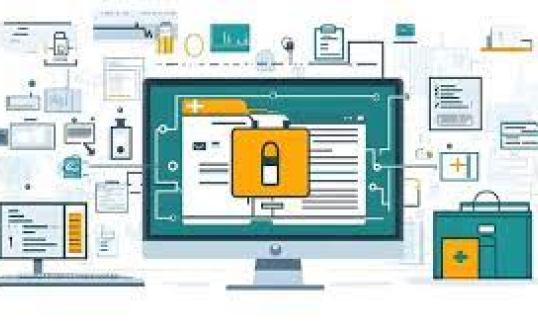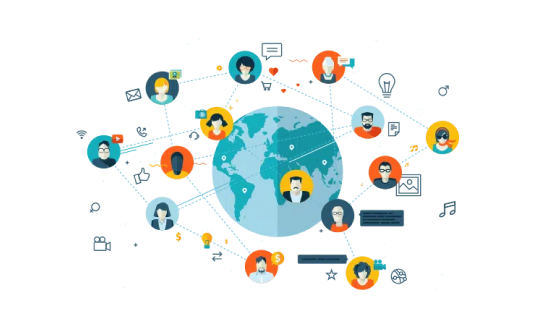medical device software development
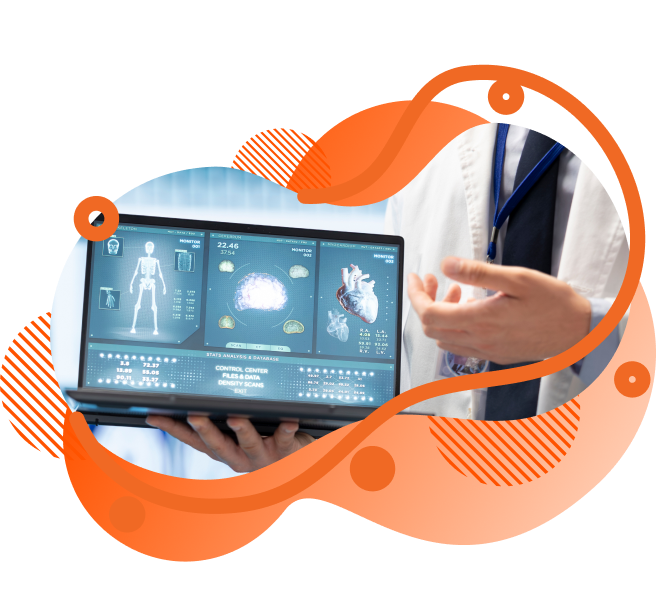
Our specialty at Vervelo is creating specialized medical device software solutions and safe, FDA-approved Software as a Medical Device (SaMD). Our team of professionals is committed to developing cutting-edge, superior software that will increase patient care, expedite clinical procedures, and improve medical device performance.
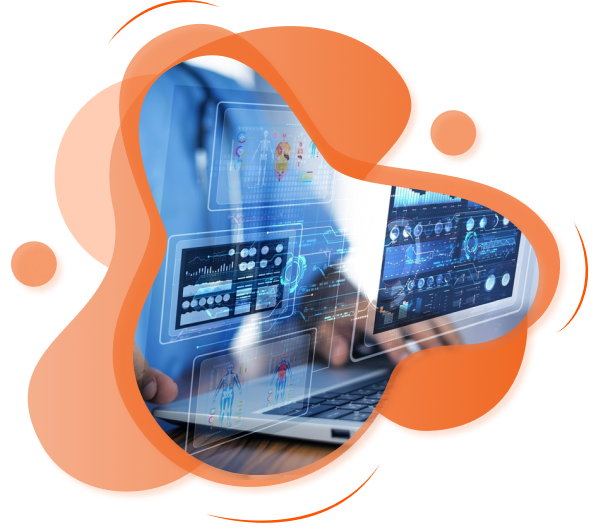
Medical device software
Medium-Risk Solutions for Everyday Healthcare Class II devices play a crucial role in monitoring and managing various health conditions. These medium-risk devices are intended to assist healthcare providers in diagnosing, treating, or monitoring patients in real-time. At VerveLo, we develop FDA-cleared solutions that meet regulatory requirements while enhancing the functionality of devices such as:
\n1. Wearable Glucose Monitors: Continuously track blood glucose levels for diabetic patients and provide real-time alerts to patients and healthcare providers, improving diabetes management.
Class III Medical Devices:
High-Risk Solutions for Critical Healthcare Needs Class III medical devices are high-risk devices that are essential for saving lives or maintaining patients’ health. These devices require the highest level of scrutiny to meet FDA regulations, and VerveLo ensures they are built to provide maximum reliability, safety, and functionality.
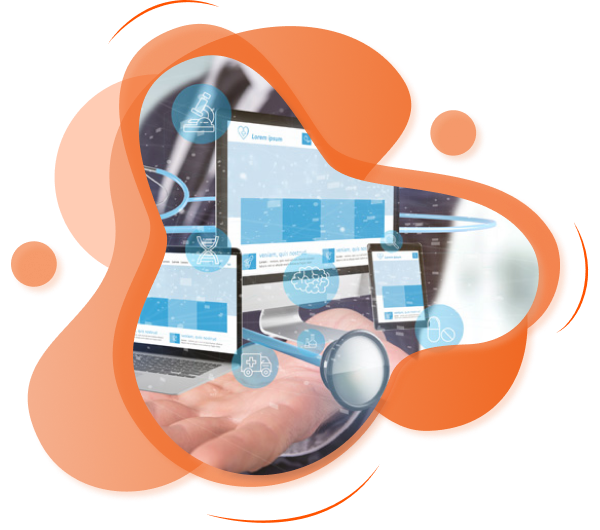
Mobile app
Access to SaMD data or medical device software while on the go facilitates patient disease management or the work of medical experts.
Platform for the cloud
Devices that are connected to the cloud, including as pacemakers, glucose monitors, and smart inhalers, provide diagnostic, treatment, and patient vital data to the cloud platform for analysis. Management of the linked devices is made possible by cloud platforms (e.g., device failure identification, parameter tuning).
sophisticated analytics
The medical device software employs AI and ML to analyze data from linked devices, identify patient trends, forecast the progression of the condition, flag potentially dangerous symptoms early, evaluate the effectiveness of medications, and more.
IoT-driven tracking of medical devices
Complex medical equipment and devices are tracked to identify their locations, ensure proper device disinfection and sanitation, decrease device search time, and provide remote maintenance.
Real-time health monitoring
The medical device software gathers, saves, and evaluates patient health data (such as blood glucose levels and sleep patterns) in order to automate hospital procedures and encourage individuals to take charge of their own health.
Do you want to Accelerate your medical device software development ?
Security Measures in EMR Software Development: Protecting Patient Data
Important factors to be considered before Outsourcing Software…
Everything You Need To Know About Custom Software Development
1. Elicitation of needs, collection of requirements, and approval of specifications
In order to develop the software concept and determine and rank the software requirements, we talk about the pertinent demands and the idea of medical device software with important stakeholders on your side. Next, we examine software risks, develop a risk management strategy, and produce a comprehensive specification for medical device software.
